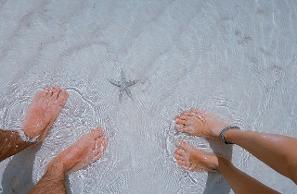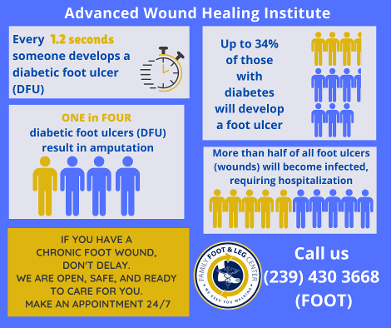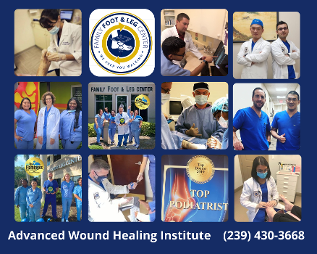Prevention of Diabetic Foot Ulcers
Diabetics are more prone to develop wounds that don’t heal easily due to:
- Faster recovery time
- Better results
- Improved long-term outlook
- Optimal quality of life
Self Service Portal open 24 hrs/7 days
At the Advanced Wound Healing Institute, we offer specialized wound care for your feet and legs.
Our doctors are well trained from residency in conservative and advanced wound care options from simple debridement to advance grafting and flap techniques.
Diabetic Foot Ulcers (DFUs) continue to be a major problem globally. Through the years, these continue to be among the most challenging chronic wound types. There is also a high chance of recurrence among DFUs.
Patients with diabetes are at increased risk for limb loss and associated mortality. Because of diabetic neuropathy, a type of nerve damage in the legs and feet, patients don’t feel what’s going on in the bottom of the foot.
Diabetic neuropathy is a type of nerve damage that can occur if you have diabetes. High blood sugar (glucose) can injure nerves throughout your body. Diabetic neuropathy most often damages nerves in your legs and feet.
Our doctors are well trained from residency in conservative and advanced wound care options from simple debridement to advance grafting and flap techniques.
At the Advanced Wound Healing Institute, we specialize in the treatment of wounds that are difficult to heal.
We offer the most current and advanced treatments in wound care.
If you or your loved ones suffer from diabetes, must see us now. What you need to know now.




